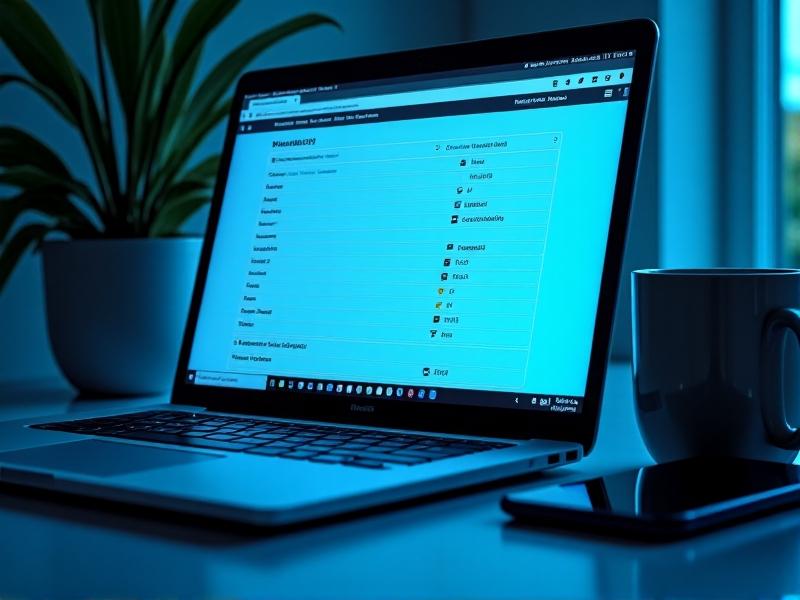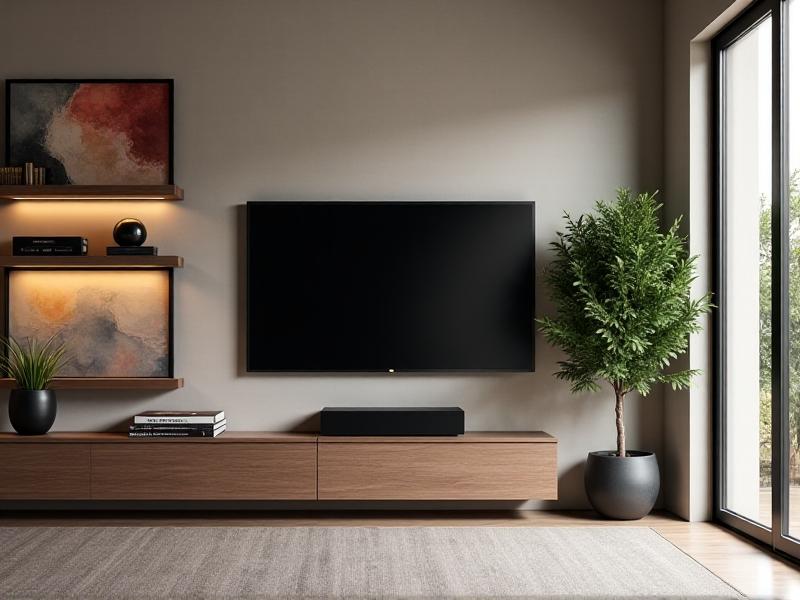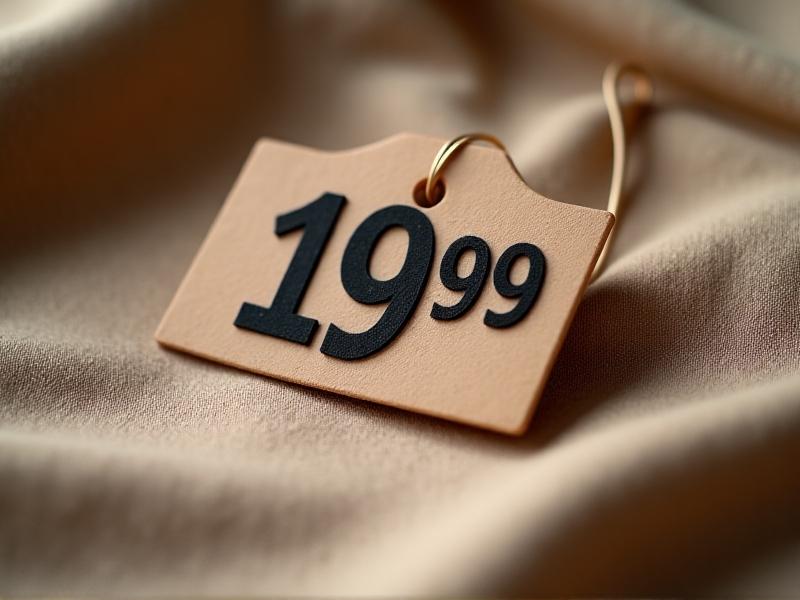Marketplace Notifications: Setting Up Alerts for Target Pieces
Understanding the Importance of Marketplace Notifications
In today’s fast-paced digital marketplaces, timing can mean the difference between securing a rare collectible or losing it to a competitor. Notifications act as your digital sentinel, scanning vast inventories for items that match your criteria. Whether you’re hunting for vintage furniture, limited-edition sneakers, or rare books, alerts ensure you’re first in line when a target piece surfaces. Beyond convenience, they empower buyers to make informed decisions by tracking price fluctuations and availability trends, turning passive browsing into proactive acquisition.

Consider the collector searching for a mid-century modern armchair. Without alerts, they might spend hours scrolling through listings daily. With alerts, they’re instantly notified when a matching item is listed, even if it’s priced below market value. This immediacy is especially critical for high-demand items, where delays of minutes—or even seconds—can result in missed opportunities.
Defining Your Target Pieces: Precision Is Key
Before setting up alerts, clarity is essential. Vague search terms like “vintage lamp” will flood your inbox with irrelevant results. Instead, narrow your focus by identifying specific attributes: era, brand, material, or even historical provenance. For example, “1960s brass table lamp by Gino Sarfatti” eliminates noise and increases the likelihood of matching your ideal piece.

Price parameters are equally important. Establish a budget range but remain flexible for exceptional finds. If you’re seeking a Rolex Submariner, you might set a baseline alert for models under $10,000 and another for “deal alerts” under $8,000. Condition filters (new, used, refurbished) and seller reputation metrics further refine your results, ensuring you don’t waste time on misrepresented items.
Choosing the Right Platforms for Your Alerts
Not all marketplaces are created equal. eBay and Etsy excel for vintage and handmade goods, while StockX and GOAT cater to sneakerheads. Niche platforms like 1stDibs or Chairish focus on high-end furniture and art. Research where your target pieces are most likely to appear. For instance, rare comic books might surface on Heritage Auctions, whereas designer clothing could dominate Vestiaire Collective.

Evaluate each platform’s alert features. Does it allow keyword combinations? Can you filter by location or seller ratings? Some sites offer “save this search” functionalities, while others require third-party tools for advanced tracking. Prioritize platforms with robust notification systems to minimize manual effort.
Setting Up Effective Alerts: A Step-by-Step Guide
Start by logging into your chosen marketplace. Navigate to the search bar and enter your keywords. On eBay, clicking “Save Search” prompts the platform to email new matches. Etsy allows users to enable alerts for specific searches or shops. For platforms without built-in tools, consider using browser extensions like Distill Web Monitor to track page changes.

Advanced users can employ Boolean operators. Searching for “(Persian AND rug) NOT synthetic” excludes unwanted materials. Combine this with geographic filters to prioritize local pickups. Test your search terms by reviewing initial results—tweak keywords if irrelevant listings appear.
Optimizing Notifications to Reduce Noise
Over-alerting is a common pitfall. To avoid inbox overload, fine-tune your parameters. Exclude common misspellings (e.g., “Hermes” vs. “Hermès”) and set price ceilings. Time-based alerts can also help; if you’re only interested in weekend auctions, schedule notifications accordingly.
Regularly review your active alerts. If a particular search hasn’t yielded relevant results in weeks, consider broadening or redefining the criteria. Conversely, if you’re receiving too many matches, add negative keywords (e.g., “-replica” or “-print”) to exclude knockoffs.
Leveraging Advanced Tools and Apps
Third-party apps like IFTTT (If This Then That) can automate cross-platform tracking. Create an applet that sends a Telegram message whenever a new item matches your eBay search. Tools like Mention monitor brand names or model numbers across classifieds sites and forums.
For high-stakes acquisitions, custom scraping scripts or paid services like WatchCount provide real-time bid tracking. Mobile apps with push notifications ensure you’re alerted on the go, eliminating reliance on email delays.
Monitoring and Adjusting Your Strategy Over Time
Market dynamics shift—what’s scarce today might flood the market next month. Periodically assess your alert performance. Are you seeing more replicas? Adjust keywords. Noticed a surge in listings from a new region? Update location filters.
Track seasonal trends. Antique furniture might see a lull in winter but spike during spring estate sales. Align your alert intensity with these cycles to stay ahead.
Case Studies: Success Stories in Target Piece Acquisition
A vinyl collector sought a first-pressing of Nirvana’s “Nevermind.” By setting Discogs alerts for specific matrix numbers and seller ratings, they snagged a near-mint copy within two weeks. Another example: a watch enthusiast used a combination of Chrono24 alerts and Reddit forums to track a discontinued Omega Speedmaster, negotiating a 20% discount by acting within an hour of the alert.
These examples underscore the power of tailored alerts. In both cases, specificity and speed turned long-term hunts into swift victories.
The Future of Marketplace Notifications: AI and Beyond
Emerging technologies are poised to revolutionize alerts. AI could analyze listing photos to authenticate items automatically, sending alerts only for verified pieces. Voice-activated assistants might let you say, “Alexa, notify me when a Louis XV armchair under $5K is listed.” Augmented reality apps could overlay real-time alerts onto physical stores during shopping trips.
As machine learning improves, predictive alerts could forecast when your target piece is likely to appear, based on historical data. The future promises smarter, more intuitive ways to stay one step ahead in the marketplace.








